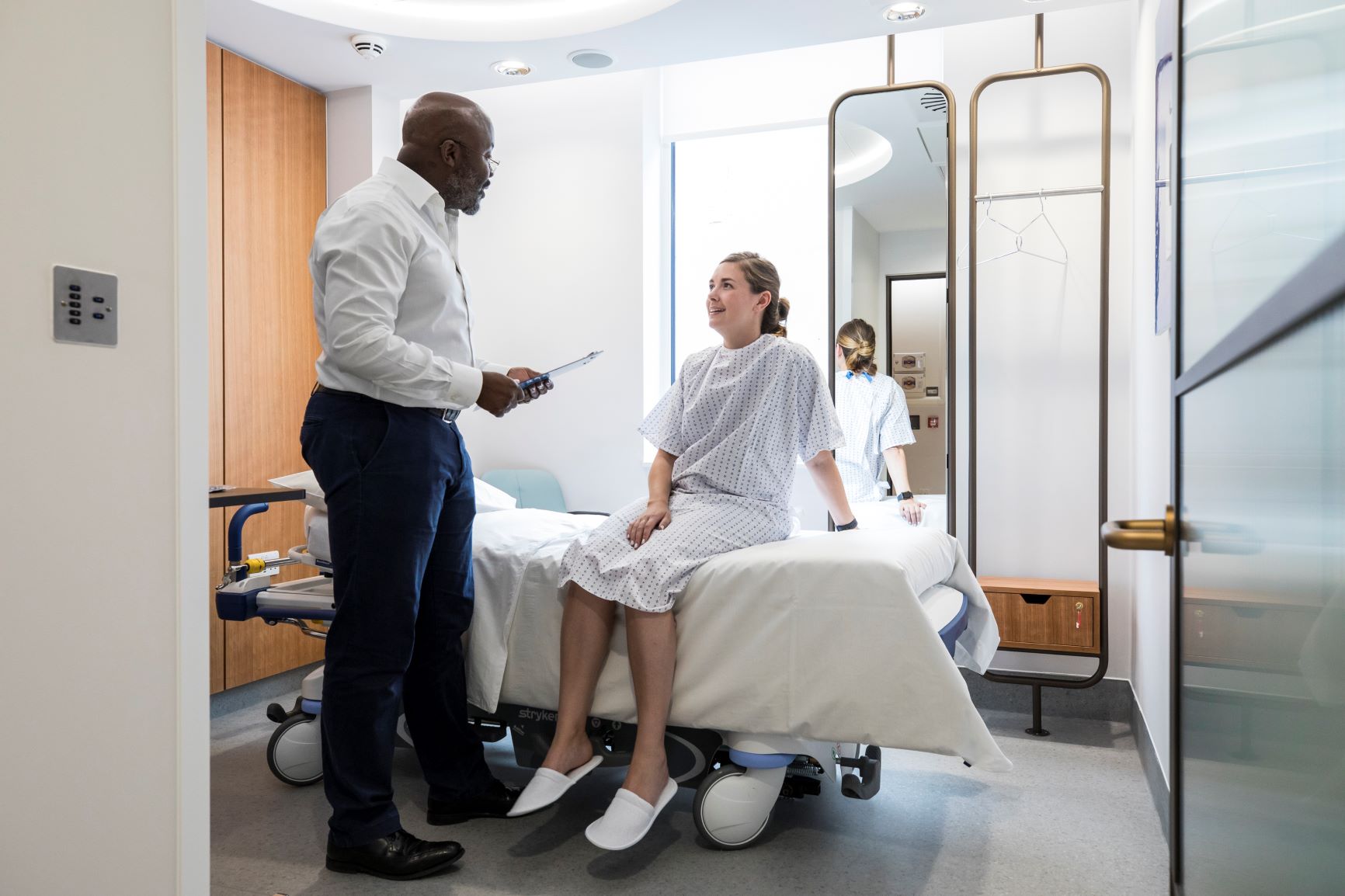Haemorrhoid banding is usually done in a surgery room. You will be asked to lie on your side or stomach with your knees bent. The doctor will then insert a small instrument called a proctoscope into your rectum. The proctoscope has a light on the end so that the doctor can see the haemorrhoids. The doctor will then use the ligator to place the rubber band around the base of the haemorrhoid.
What are the risks of haemorrhoid banding?
The risks of haemorrhoid banding are rare. Possible risks include:
Pain: Some people experience mild to moderate pain after haemorrhoid banding. This pain is usually temporary and goes away within a few days.
Bleeding: Bleeding is a common side effect of haemorrhoid banding. The bleeding is usually mild and stops on its own within a few days. However, in rare cases, bleeding can be severe and require medical attention.
Infection: There is a small risk of infection after haemorrhoid banding. If you develop an infection, you may experience swelling, redness, and pain in the area around the haemorrhoid. You may also have a fever. If you develop an infection, it is important to see your doctor right away for treatment.

